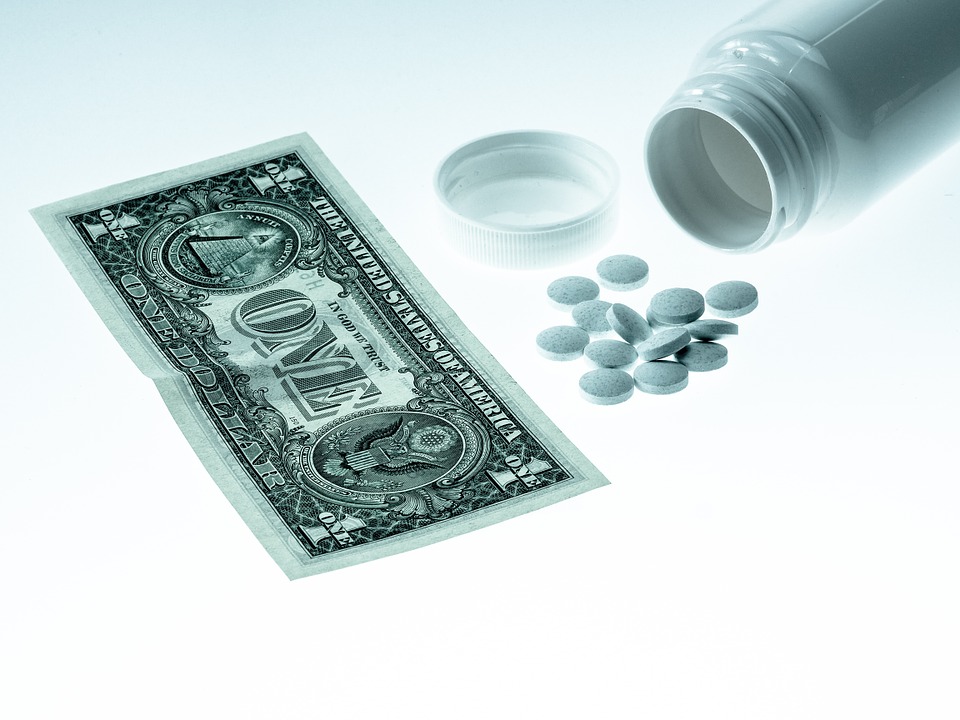This story is all about big pharma marketing at its ‘best.’ You’ve probably seen the television commercials – attractive actors, glowing with health, ride horseback or swing tennis rackets while testifying to the ability of various cancer therapies to prolong life. Although a disclaimer (“these results are not typical”) always follows, the fine print doesn’t do much to dispel the powerful message of these upbeat commercials – that, with the right treatment, remission is within the cancer patient’s grasp. (Are you ready for the truth?)
As big pharma continues to paint an unrealistically rosy view of cancer patients’ outcomes and survival rates, patients are bankrupting themselves to obtain treatments that are ineffective (at best) and feature an array of life-threatening side effects.
Big pharma results are in: most new cancer drugs are ineffective and wildly expensive
Dr. Vinay Prasad, assistant professor of medicine at the Oregon Health and Science University, asserts that many new – and expensive – cancer drugs offer only marginal benefits, with no evidence that they improve survival or quality of life.
For instance, a study published in JAMA Otolaryngology – Head and Neck Surgery showed that 72 different new cancer therapies were approved between 2002 and 2014. But, these only provided patients with a scant 2.1 more months of life than older drugs were offering.
And, the track record of new cancer drugs shows no sign of improving. Dr. Prasad maintains that two thirds of cancer drugs approved in the past two years show no evidence of extending survival at all.
Dr. Prasad’s is not the only research attesting to the ineffectiveness of cancer medications. In a study published in JAMA Internal Medicine, researcher Diana Zuckerman examined 18 different approved cancer drugs that failed to improve life span. In addition, only one drug improved patients’ quality of life, while two actually harmed it – by worsening diarrhea, fatigue, sleep disturbance, distress and forgetfulness.
Ironically, the study showed that a drug’s price wasn’t linked to efficacy. Many of the most expensive drugs were among the most ineffective.
Misleading advertisements and hyped study results raise unrealistic hopes
Certain therapies are credited with more powerful effects than they actually deliver. For instance, immunotherapy – the science of stimulating a patient’s immune system to fight the cancer – is being heralded as a “breakthrough.” But, in reality, as few as 10 percent of all cancer patients will ultimately benefit from it.
In addition, immunotherapy can trigger fatal immune system attacks on various organs – making it not exactly the “miracle” therapy it is purported to be.
Precision oncology – involving genomic testing and an attempt to match patients with drugs that target their individual mutations – is another heavily-advertised therapy that can have disappointing results. In an article published in 2016 in Nature, Dr. Prasad concluded that precision oncology currently benefits a mere 1.5 percent of cancer patients.
Drug costs strain cancer patients’ finances to the breaking point, while big pharma profits
Of course, there’s a simple reason for big pharma’s relentless cheerleading and hype. Cancer treatment is big business, costing the United States $88 billion in the year 2014 alone. And, advertising budgets for cancer hospitals and clinics have more than doubled – skyrocketing from $54 million in 2005 to $173 million in 2014.
Unsurprisingly, it turns out that positive study results, when publicized and promoted, attract investors – to fund even more studies.
Meanwhile, many cancer patients struggle to afford their medication. Over the past decade, the price of many cancer drugs has doubled, tripled, and even quadrupled. Even for patients with health insurance, it’s not unusual for many copays to reach, and surpass, $10,000 a year.
The prohibitive cost of cancer drugs causes many to delay treatment, or skip it entirely.
According to a 2013 study in The Oncologist, close to a quarter of all cancer patients choose not to fill a prescription due to cost, and one fifth of them take less than the prescribed amount in order to save money.
As cancer tends to be a disease of aging, it is the elderly who struggle the most. According to one study, ten percent of elderly patients without supplemental insurance spend a whopping 60 percent of their income on cancer expenses – a truly disgraceful statistic.
It’s therefore not surprising that cancer patients are 2.7 times more likely to file for bankruptcy than people who’ve never been diagnosed with the disease.
The truth is – although progress has been made in treating early-stage cancers, most patients with advanced cancer will ultimately lose their lives to the disease. By raising unrealistic hopes, the pharmaceutical companies and hospitals are pulling off the ultimate “scam,” and raking in the profits while doing so.
To their credit, some researchers and physicians are beginning to speak out. When it comes to expressing frustration with the exaggerated claims of conventional medicine, Dr. Otis Brawley, chief medical officer at the American Cancer Society, is candid – and graphic.
“We’re starting to believe our own bullsh-t,” Dr. Brawley commented.
Read original article here








